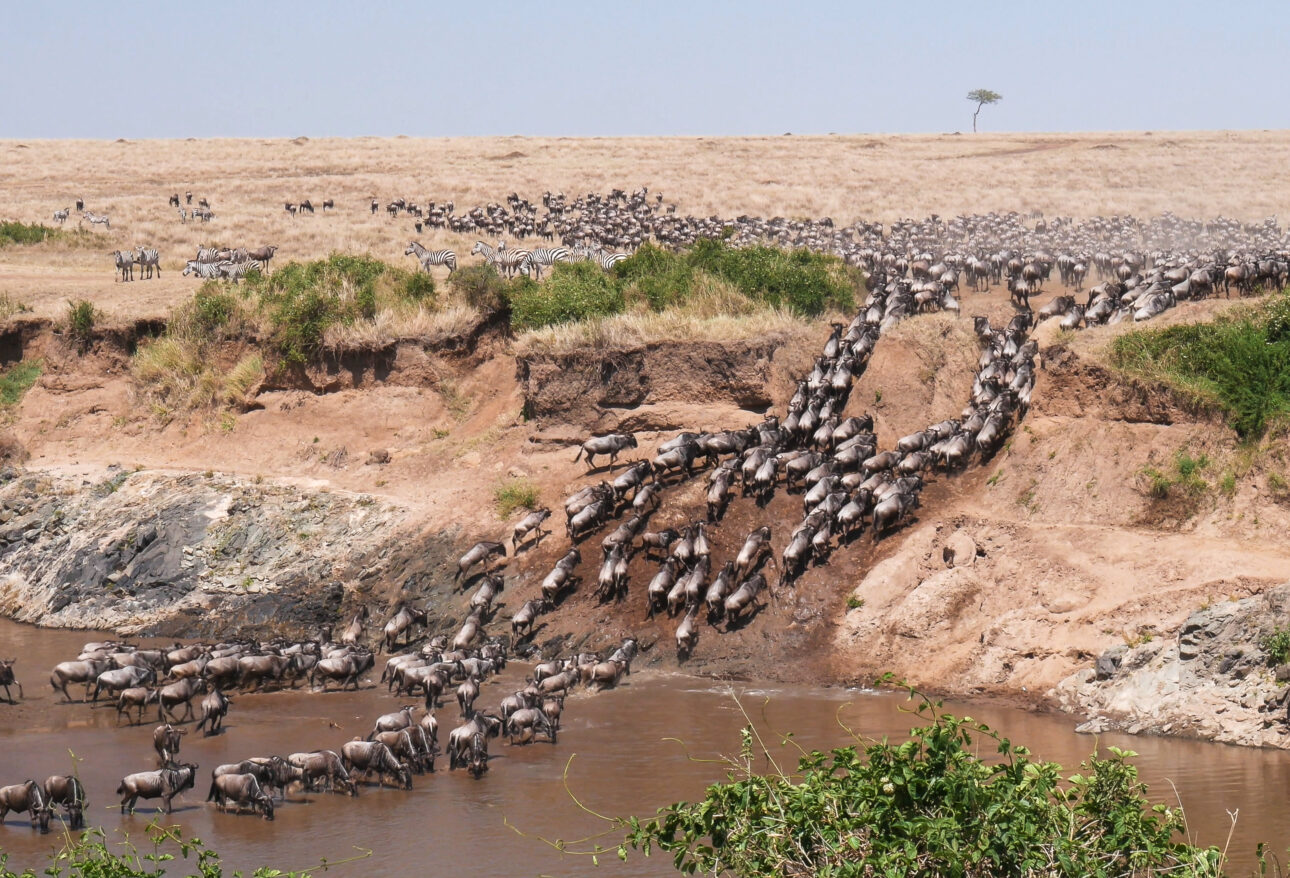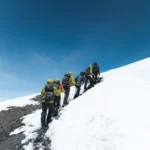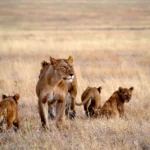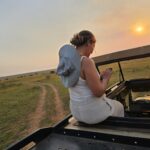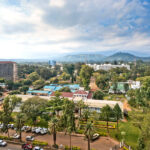The Great Migration is one of the most spectacular wildlife events on Earth, where millions of wildebeest, zebras, and gazelles journey across the plains in search of fresh grazing. Tanzania, especially the Serengeti National Park and the Maasai Mara in Kenya, is at the heart of this breathtaking phenomenon. Experiencing the migration is a dream for many safari lovers, and with the right information, you can plan a trip that puts you right in the middle of the action.
What is the Great Migration?
The Great Migration is a continuous movement of around 1.5 million wildebeest, 250,000 zebras, and hundreds of thousands of gazelles. It is driven by seasonal rains and the search for fresh pasture. The migration creates dramatic predator-prey interactions and thrilling river crossings.
When and Where to See the Migration in Tanzania
The migration follows a roughly circular route throughout the year, moving between Tanzania’s Serengeti ecosystem and Kenya’s Maasai Mara. Here’s a breakdown of the migration’s typical timeline and locations within Tanzania:
January to March: Southern Serengeti and Ndutu Area
-
After the calving season (February), the herds gather in the southern Serengeti and the Ndutu plains.
-
This is an excellent time to witness newborn wildebeest calves and predator activity.
-
The landscape is lush and green due to recent rains.
April to May: Western Corridor and Grumeti River
-
As the short rains begin, the herds move northwest toward the Grumeti River.
-
This period is less visited due to wetter conditions but offers dramatic scenes of animals crossing rivers with crocodiles lurking.
June to July: Western and Northern Serengeti, Mara River Crossings Begin
-
The migration moves further north toward the Mara River.
-
This is the beginning of the famous river crossings where animals face the challenge of crocodiles and strong currents.
-
July is a prime time for witnessing this dangerous but thrilling part of the migration.
August to October: Northern Serengeti and Maasai Mara (Kenya)
-
The herds fully cross into the Maasai Mara for the best grazing.
-
This is the peak tourist season because of the high chances of seeing large herds and river crossings.
-
The Mara River crossings during this time are some of the most dramatic wildlife spectacles.
November to December: Return to Southern Serengeti
-
As the short rains begin, the herds start moving back south toward the Serengeti.
-
The migration settles back into the southern plains in preparation for the next calving season.
Safari Tips to Experience the Great Migration
1. Choose the Right Time and Location
-
Decide what part of the migration you want to witness: calving season in the south, river crossings in the north, or the dramatic Grumeti River crossings in the west.
-
Peak season (July to October) offers the best chances but also comes with more tourists and higher prices.
2. Book Early
-
The Great Migration attracts visitors worldwide, so accommodations and safari vehicles book up quickly during peak times.
-
Early booking secures better options and sometimes better prices.
3. Opt for Experienced Guides
-
Guides with deep knowledge of migration patterns increase your chances of seeing key events.
-
They know the best vantage points and can help avoid crowded spots.
4. Be Prepared for All Weather
-
Pack layers and waterproof gear since the migration covers different seasons.
-
Early mornings and evenings can be chilly, especially in the northern Serengeti.
5. Consider Different Safari Styles
-
Mobile Camping: Follow the herds closely and camp near migration hotspots.
-
Luxury Lodges: Enjoy comfort while still accessing key migration areas.
-
Fly-in Safaris: Save time by flying between camps and parks to catch the herds in different regions.
6. Capture the Moment
-
Bring good camera equipment with zoom lenses to capture distant wildlife.
-
Binoculars are essential for spotting animals across vast plains.
7. Respect Wildlife and Nature
-
Maintain a safe distance from animals, especially during river crossings.
-
Follow your guide’s instructions and park rules.
Final Thoughts
The Great Migration in Tanzania is a once-in-a-lifetime experience that combines natural wonder, drama, and adventure. By planning your trip around the migration’s timeline, choosing the right locations, and traveling with expert guides, you can witness one of nature’s greatest shows in all its glory.

